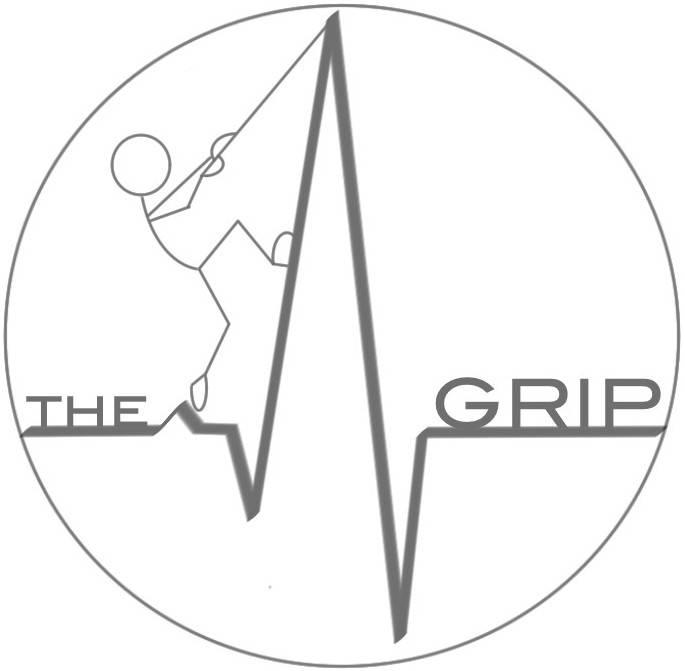Carbon dioxide rebreathing during non-invasive ventilation delivered by helmet: a bench study
Mojoli F, Iotti GA, Gerletti M, Lucarini C, Braschi A.
Abstract
OBJECTIVE:
To define how to monitor and limit CO(2) rebreathing during helmet ventilation.
DESIGN:
Physical model study.
SETTING:
Laboratory in a university teaching hospital.
INTERVENTIONS:
We applied pressure-control ventilation to a helmet mounted on a physical model. In series 1 we increased CO(2) production (V’CO(2)) from 100 to 550 ml/min and compared mean inhaled CO(2) (iCO(2),mean) with end-inspiratory CO(2) at airway opening (eiCO(2)), end-tidal CO(2) at Y-piece (yCO(2)) and mean CO(2) inside the helmet (hCO(2)). In series 2 we observed, at constant V’CO(2), effects on CO(2) rebreathing of inspiratory pressure, respiratory mechanics, the inflation of cushions inside the helmet and the addition of a flow-by.
MEASUREMENTS AND RESULTS:
In series 1, iCO(2),mean linearly related to V’CO(2). The best estimate of CO(2) rebreathing was provided by hCO(2): differences between iCO(2),mean and hCO(2), yCO(2) and eiCO(2) were 0.0+/-0.1, 0.4+/-0.2 and -1.3+/-0.5%. In series 2, hCO(2) inversely related to the total ventilation (MVtotal) delivered to the helmet-patient unit. The increase in inspiratory pressure significantly increased MVtotal and lowered hCO(2). The low lung compliance halved the patient:helmet ventilation ratio but led to minor changes in MVtotal and hCO(2). Cushion inflation, although it decreased the helmet’s internal volume by 33%, did not affect rebreathing. A 8-l/min flow-by effectively decreased hCO(2).
CONCLUSIONS:
During helmet ventilation, rebreathing can be assessed by measuring hCO(2) or yCO(2), but not eiCO(2). It is directly related to V’CO(2), inversely related to MVtotal and can be lowered by increasing inspiratory pressure or adding a flow-by.
Intensive Care Med. 2008 Aug;34(8):1454-60. doi: 10.1007/s00134-008-1109-5. Epub 2008 Apr 18.
